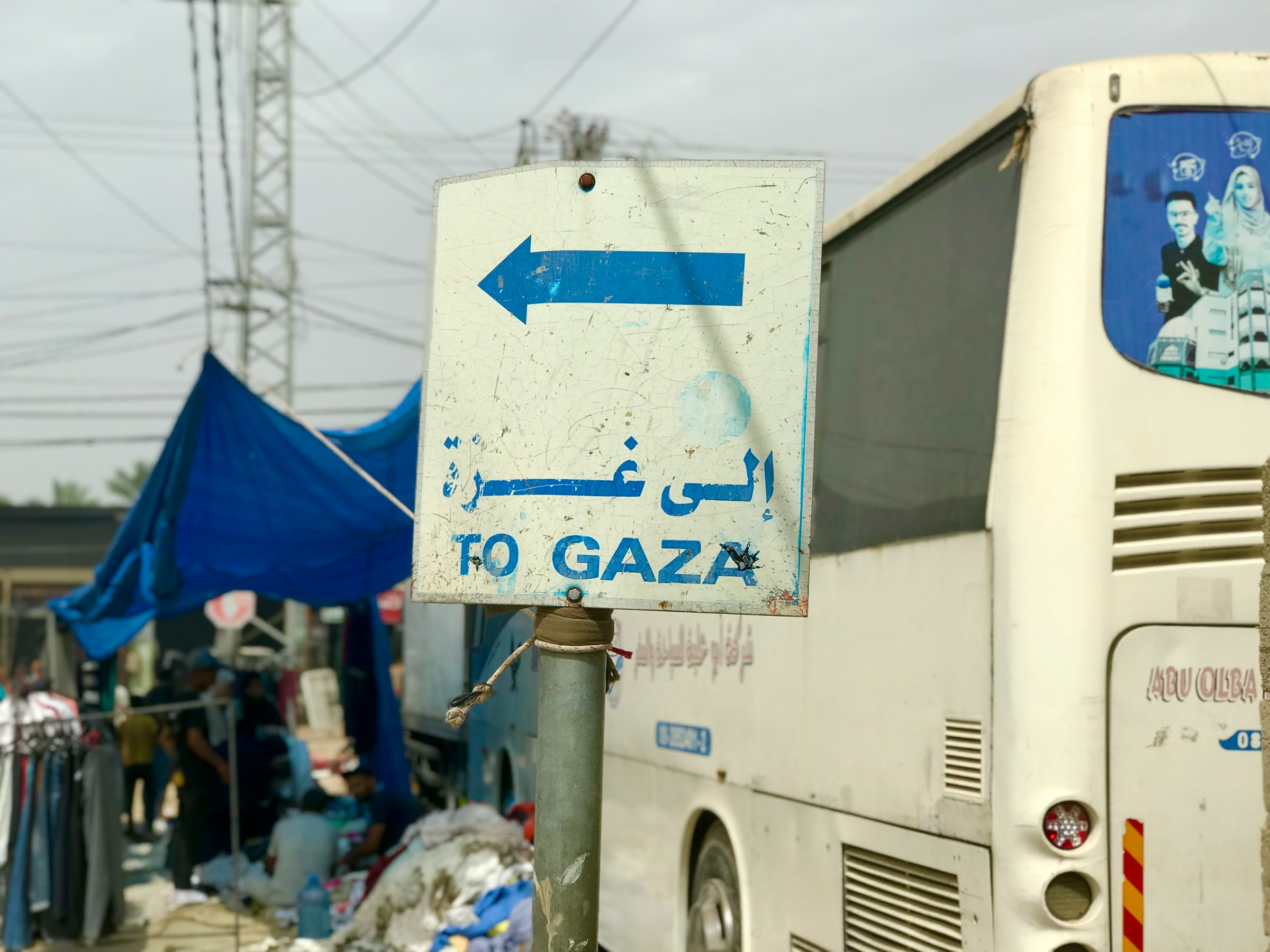Singapore has moved to reinforce its already warm defence relationship with Jordan on the heels of a fresh humanitarian airdrop into Gaza, framing its latest mission as both relief delivery and regional partnership in action. Senior Minister of State for Defence Zaqy Mohamad travelled to Amman for a working visit from August 17 to 18, following the deployment of a Republic of Singapore Air Force C-130 to conduct airdrop operations at Jordan’s invitation.
His programme included a meeting with Major-General Yousef Huneiti, Chairman of the Joint Chiefs of Staff of the Jordan Armed Forces. Both sides discussed further avenues for collaboration to ease Gaza’s humanitarian crisis, a line of effort that sits atop a growing practical agenda between the two defence establishments. The Ministry of Defence underscored that the visit was directly linked to the air-delivery of aid staged out of Jordan and executed alongside other foreign air forces.
Operationally, the latest phase began with Singapore’s deployment order on August 12, when a C-130 departed Paya Lebar Air Base for Jordan to support airdrops and deliver Singapore’s ninth tranche of assistance for Gaza. The mission drew on a 58-person team across defence and military functions, reflecting a whole-of-system approach from load planning to drop-zone coordination. The airdrop commenced on August 15 in close coordination with the Royal Jordanian Air Force and partner militaries, a necessary arrangement given the airspace and ground-risk dynamics around Gaza.
The cargo mix combined medical supplies from the Ministry of Health with food aid mobilised by Singapore-based non-governmental organisations, including Humanity Matters, Caritas Humanitarian Aid and Relief Initiatives Singapore, Mercy Relief and the Rahmatan Lil Alamin Foundation. The Singapore Armed Forces’ Changi Regional Humanitarian Assistance and Disaster Relief Coordination Centre acted as the hub for consolidating and staging the loads—an institutional capability Singapore has invested in precisely for high-friction environments where ground access is constrained.
While in Jordan, Mr Zaqy visited SAF personnel at King Abdullah II Air Base, observing load-prep by the Singapore Army’s 3rd Transport Battalion and receiving briefings on safety measures taken to minimise civilian risk—ranging from multinational drop-zone selection to the use of commercial satellite imagery. He also met Humanity Matters representatives to thank them for additional supplies slated for imminent airdrops, and used the visit to reiterate that the mission is as much about Singapore’s collective humanitarian intent as it is about military precision.
The current operation marks Singapore’s second airdrop series over Gaza, building on the inaugural drop completed on March 20, 2024. That initial effort, coordinated closely with Jordan, moved essential items directly into the enclave and effectively proved the concept for subsequent cycles as ground routes became intermittently blocked or degraded. Since the conflict’s escalation in October 2023, Singapore and Singaporeans have contributed more than S$22 million across nine tranches of aid—an aggregate figure that signals sustained commitment rather than one-off optics.
The policy architecture behind this mission matters. Singapore’s utilitarian posture—deploying an airlifter, embedding planners, and routing NGO-sourced goods through a military coordination centre—bridges diplomatic signalling and real-world delivery. Jordan’s role is pivotal: Amman provides the staging base, the regional expertise and the airspace management that make multinational airdrops feasible at scale. The bilateral engagement between Mr Zaqy and MG Huneiti therefore extends beyond courtesy; it codifies a shared operating framework for humanitarian access under conflict conditions, where speed, safety and legitimacy must be balanced.
At a tactical level, the 58-person deployment underscores how Singapore structures limited-footprint missions for maximum effect. The RHCC’s centralisation of NGO contributions lowers friction at the last mile while preserving standardisation for air-delivery constraints such as rigging, weight distribution and drop-altitude tolerances. That same system design also enables transparent accounting—vital for public trust at home and for interoperability with host-nation authorities.
The choice of airdrop as a delivery mechanism is not without critics—payloads are smaller than convoy consignments, weather and deconfliction windows are tight, and recovery on the ground can be uneven. Yet in periods where ground corridors are unpredictable, airdrops function as a pressure-release valve for urgent items and a demonstration effect that keeps humanitarian channels open. With Jordan’s facilitation, Singapore’s airbridge inserts itself precisely into that gap, extending practical relief while maintaining a conservative operational risk profile.
The broader picture is that Singapore’s Gaza response has shifted from episodic airlifts to a repeatable, joint airdrop playbook executed in partnership with a trusted regional anchor. The visit to Amman formalises that trajectory and sets the stage for additional cooperation where Singapore’s niche capabilities—planning discipline, logistics rigour and NGO convening power—can multiply regional efforts. In that sense, the Singapore Gaza airdrop is not only aid delivered; it is a method established, with Jordan as a crucial counterpart.
If there is a single takeaway, it is that humanitarian intent has been converted into an operational grammar that can be repeated under pressure. Singapore will not resolve Gaza’s crisis alone. But through Jordan, and through a deliberately modest yet reliable air-delivery system, it is making a measurable contribution—and doing so in a way that strengthens defence relationships built on trust and practical outcomes.




-2.jpg&w=3840&q=75)










.jpg&w=3840&q=75)